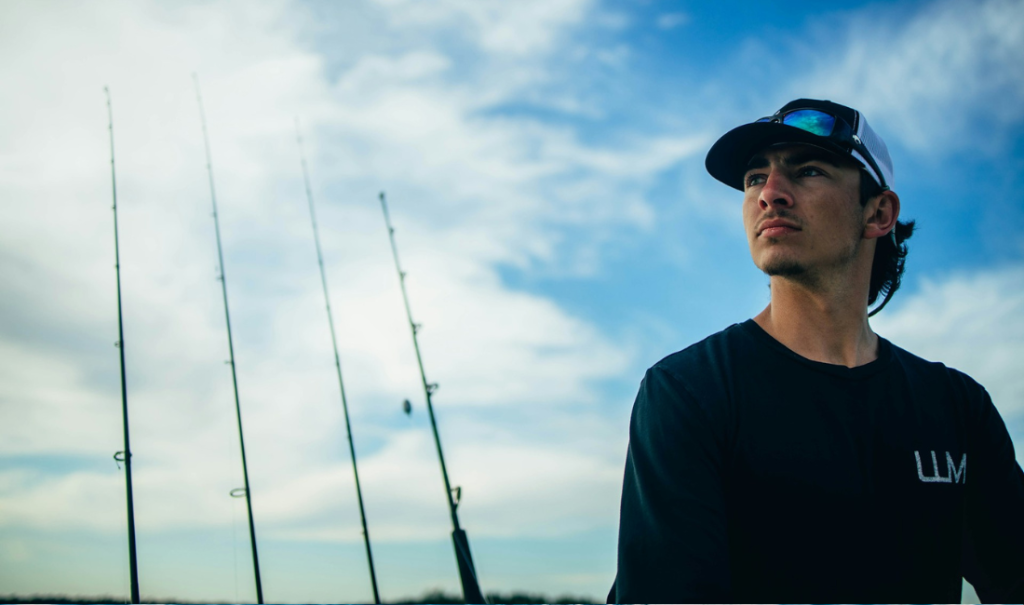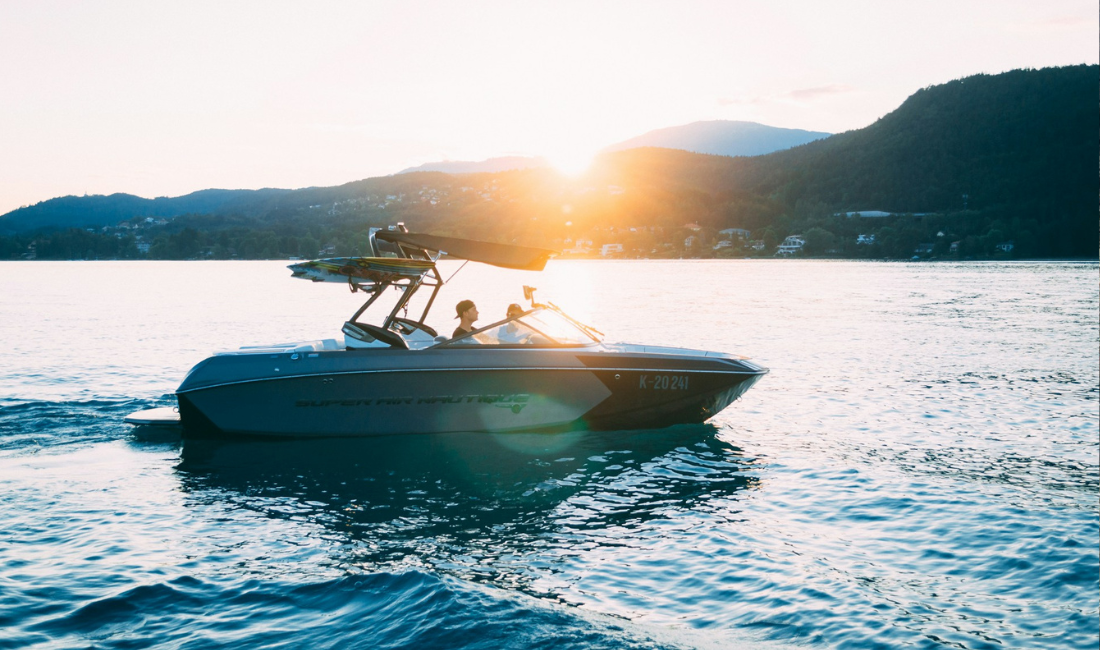In recent months, among the docks and the berths of our tourist port of Genoa, there has been much discussion about a specific topic: the D1 boating license. And yes, we admit, we’ve heard all sorts of things! We’ve heard young people thrilled to have the opportunity to pilot a boat with a “powerful” engine starting at the age of 16, as well as seasoned sailors not at all happy with this opening of boating, convinced that there are already enough people out there piloting boats without sufficient skills to do so safely, for themselves and others. This is well known to the promoters of the D1 boating license, who argue that this license actually represents an important achievement for safety and the training of boaters, and therefore a new and valuable step towards more responsible boating. Perhaps, to better understand the impact that the D1 license may have on Italian boating, it is first of all necessary to understand in detail what can and cannot be done with the daytime license, and what is necessary to pass the exam.
What Can be Done with the D1 Boating License
Talking with the boaters at our marina in Genoa, we got the impression that everyone is clear about what is actually possible and what is prohibited for holders of the D1 boating license. What everyone is absolutely clear about is that the D1 boating license can be obtained starting at the age of 16: this is the information that everyone has grasped very well!
On other points, however, there is no shortage of doubts. Here, then, is what the daytime license specifically allows you to do:
- It allows you to navigate during the day, from dawn to dusk
- It allows you to operate boats with a maximum length of 10 meters (for minors with a license) or a maximum length of 12 meters (for adults with a license)
- It allows you to navigate within 6 miles from the coast
- It allows you to operate boats with an engine power not exceeding 85 kW, and therefore within 115.6 horsepower
- It allows you to operate a jet ski, in this case within one mile from the coast
It is therefore understood that the license should be seen as a progressive entry into the world of boating for younger people; as well as a compromise between operating without a boating license (which allows operating boats with engines up to 40 horsepower) and operating with a boating license.
Mindful of the erroneous or unclear beliefs we have heard among the berths of our port in Genoa, we now clarify what cannot be done with the D1 boating license.
What Cannot be Done with the D1 License
Once the exam for the D1 boating license is passed, there remains a long list of things that cannot be done. Here are the prohibitions to keep in mind:
- It is not possible to navigate at night, and therefore between dusk and dawn
- It is not possible to operate boats over 10 meters (for those aged 16 and 17) or over 12 meters (for those over 18 years old)
- It is not possible to exceed 6 miles from the coast
- It is not possible to operate boats with an engine power exceeding 85 kW, and therefore over 115.6 horsepower
All this happens in a context where the Nautical Code allows those without a boating license and who are over 18 years old to operate boats with engines up to 40 horsepower and within 6 miles from the coast. And therefore, indeed, without ever having proven their nautical skills.

How to Obtain the D1 Boating License: Courses and Exam
Let’s now see the process to obtain the D1 boating license. In recent months, the Ministry of Infrastructure and Transport has published a managerial decree defining the national list of
To access the exams, it is necessary to have attended a training course at an accredited nautical school, consisting of 5 hours of theoretical teaching (in face-to-face lessons lasting no more than 2 hours per day) and 5 hours of individual practical exercises (not consecutive). It is also possible to take the exam as private candidates, provided you have a certificate proving the 5 hours of mandatory practical exercises.
Exams for the Daytime License to Start Soon
Despite the approval of the regulations for the D1 boating license in 2024, and despite the decree on quiz questions dating back to the spring of 2025, no D1 boating license has actually been issued: there are still some blocked procedures, and formal accreditations are missing. In fact, the regulations exist, but the administrative machinery has not managed to start within the set times. Summer 2025 could have been the first for the D1 license, but everything is postponed to next year: apparently, the turning point should occur in these weeks, with the real start of courses and exams expected to be given precisely during these months.


